According to Associate Professor, Dr. Pham Bich Dao, an otolaryngologist at Hanoi Medical University Hospital, many people have the habit of using cotton swabs to clean their ears, but this is not a good habit.
"Do not clean your ears with cotton swabs due to the risk of damaging the ear canal and eardrum," Dr. Pham Bich Dao noted.
Ear, nose and throat specialists added: Cotton swabs or ear cleaning tools can scratch the ear canal, even perforate the eardrum, if applied too deeply or too forcefully. Because the skin of the ear canal is very thin and sensitive, it is easily damaged by sharp objects or pressure.
For example, when using a cotton swab to clean your ears after bathing, you may accidentally go too deep. Cleaning your ears with a cotton swab can actually push the earwax deeper. Therefore, using a cotton swab does not remove earwax but instead pushes it deeper.
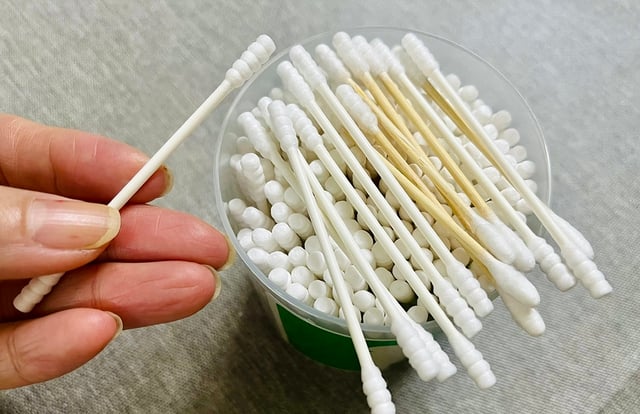
Cotton swabs are common household items, but are sometimes not used properly.
PHOTO: LIEN CHAU
In fact, cotton swabs only remove earwax near the outside, but when force is applied, the remaining part is pushed deep into the eardrum, causing blockage.
When cleaning ears frequently, users feel like their ears are always full of earwax without knowing the cause is because the earwax is pushed deeper, leading to hearing loss, earache, and otitis externa.
Cotton swabs can also cause ear trauma (outer ear, middle ear, or even inner ear) if the depth is not controlled, or if there is an accident that leads to infection from the cotton swab, which can cause malignant otitis externa.
In addition, Dr. Dao noted: If you use metal or sharp tools to clean your ears carelessly, you can also puncture your eardrum. In this situation, the consequences are pain, bleeding, hearing loss, and ear infection.
SELF-CLEANING MECHANISM
Many readers share concerns about dirty ears due to lack of hygiene, so they often use tools to remove earwax, including cotton swabs. Dr. Dao said: "Normally, the external ear canal has a self-cleaning mechanism, so let it do its job." In normal ear cleaning situations, it should be noted that the external ear cleaning area can use a soft, wet towel (or cotton ball) to gently wipe the outer part of the ear, including the auricle and the back of the ear. Note that you should only clean the outer areas, avoid putting objects into the ear canal, and always stop before the opening of the external ear canal.
When water gets into your ear, you should also not clean it. If water gets into your ear (e.g. when swimming or bathing), you should tilt your head (stand up straight and tilt your head towards the ear that got the water, then gently pull the earlobe up and out (to straighten the ear canal) and shake it gently while gently massaging the ear flap. This will help the water to drain out.
According to Dr. Dao, when there is a lot of earwax causing tinnitus and hearing loss, we should not remove the earwax ourselves but should go to an ENT specialist for examination and proper cleaning to avoid causing damage later.
"Many people think that cleaning the ear canal is very simple, but the "task" of removing earwax should be left to the doctor, because there are risks that are not worth taking, because it can cause irreversible hearing damage. Although that rate is very small, everyone can be in that very small percentage," Associate Professor, Dr. Pham Bich Dao shared.
Source: https://thanhnien.vn/co-nen-su-dung-tam-bong-de-ngoay-tai-185250307172724026.htm



![[Photo] Hanoi morning of October 1: Prolonged flooding, people wade to work](https://vphoto.vietnam.vn/thumb/1200x675/vietnam/resource/IMAGE/2025/10/1/189be28938e3493fa26b2938efa2059e)




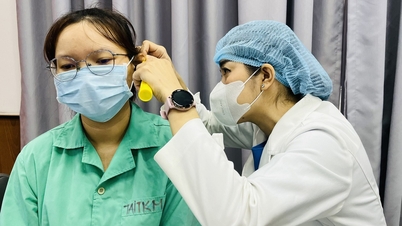





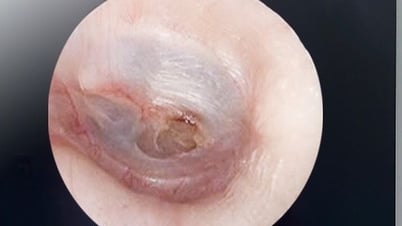


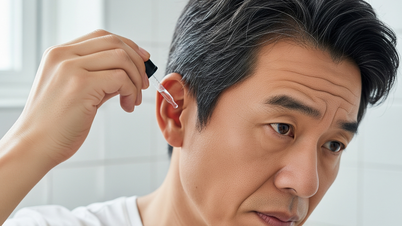
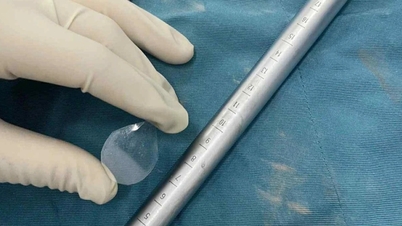



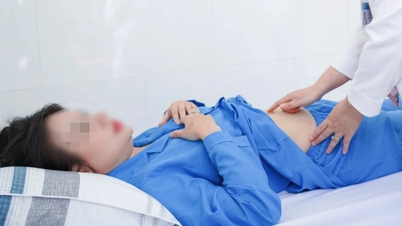














![[Photo] Panorama of the cable-stayed bridge, the final bottleneck of the Ben Luc-Long Thanh expressway](https://vphoto.vietnam.vn/thumb/1200x675/vietnam/resource/IMAGE/2025/9/30/391fdf21025541d6b2f092e49a17243f)


























































Comment (0)